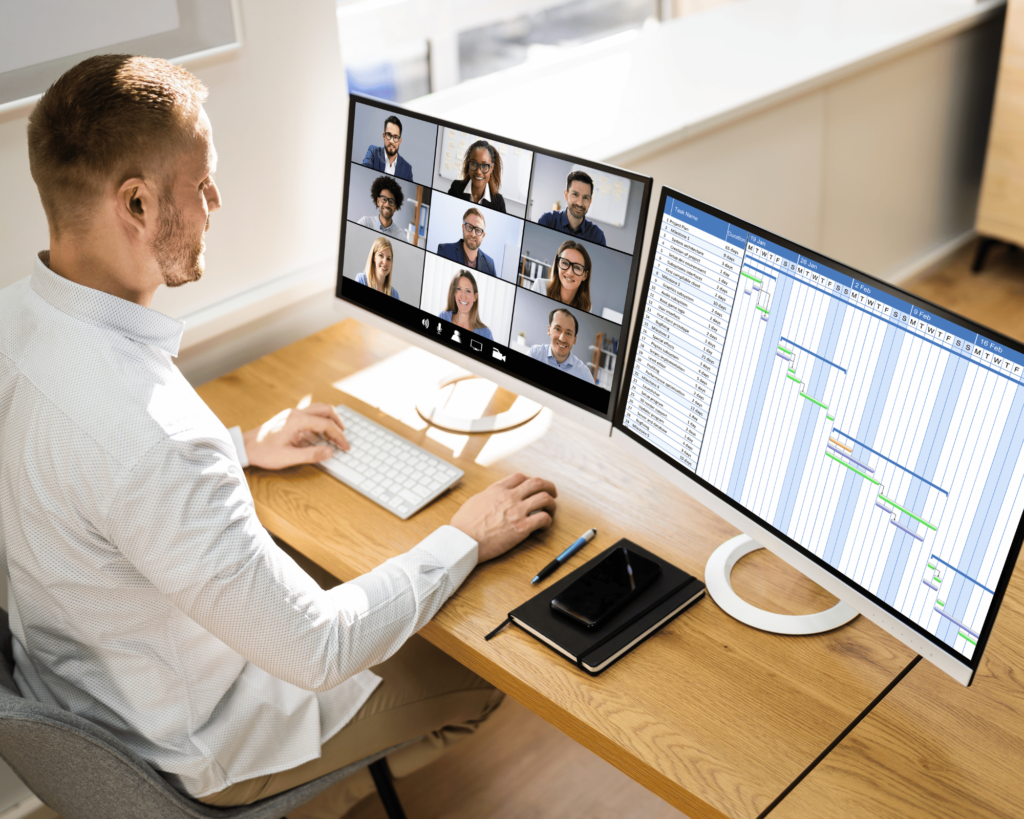The Changing Landscape of Remote Work
For many, the idea of remote work was once a distant dream. Now, it’s a reality for millions. The evolution of technology and the global pandemic forced many businesses to adapt. This dramatic shift brought flexibility but also new challenges, primarily concerning cybersecurity.
Security is always a trade-off. You want ease of use, but you also want to be safe. With more people working outside traditional offices, the stakes are higher than ever. This shift makes cybersecurity practices crucial.
Why Cybersecurity Matters
When you work from an office, your IT department can control the network. They can watch traffic, block threats, and quickly respond to breaches. But remote work changes that dynamic. Now, each home office setup is a potential vulnerability.
Imagine you’re working on sensitive company data from your local coffee shop. How secure is that Wi-Fi network? Can you ensure no one is “listening” to your data? Given the evolving nature of cyber threats, good practices are no longer optional—they are essential.
Common Cyber Threats
New technology brings new threats. Here are a few common ones impacting remote workers:
- Phishing: Remote work increases the chances of phishing attacks. Attackers use fake emails or messages to trick you into revealing sensitive info.
- Malware: Downloading files from untrusted sources can introduce malware, which can steal data or damage systems.
- Unsecured Wi-Fi: Public networks are often poorly secured, making it easier for attackers to intercept data.
- Weak Passwords: Using simple passwords or the same password for multiple accounts can lead to easy breaches.
Best Practices for Cybersecurity
Securing a remote work environment takes effort but is not complicated. Here are a few best practices:
1. Use Strong, Unique Passwords
Weak passwords are an easy target. Use a mix of letters, numbers, and symbols. Don’t use the same password across different accounts. Password managers can help you keep track of this complexity.
2. Enable Two-Factor Authentication (2FA)
Two-factor authentication adds an extra layer of security. Even if someone steals your password, they’d still need a second piece of information to access your account.
3. Secure Your Wi-Fi
Make sure your home Wi-Fi is secure. Change the default password and use strong encryption. Avoid using public Wi-Fi for sensitive work.
4. Keep Software Updated
Software updates often include patches for security vulnerabilities. Keeping your software updated minimizes risks.
5. Use a VPN
A VPN encrypts your internet connection, making it harder for attackers to intercept your data. It’s essential for securing work done over public or unsecured Wi-Fi.
6. Be Cautious with Emails
Phishing emails look legitimate but are designed to trick you into revealing sensitive information. Always double-check the sender’s address and avoid clicking on suspicious links.
7. Back-Up Your Data
Regular backups protect you from data loss due to malware, hardware failure, or other issues. Automated backups can make this less of a chore.
8. Educate Yourself and Your Team
Awareness is key. Regularly educate yourself and your team about the latest threats and how to counter them. Phishing drills and security workshops go a long way.
Implementing These Practices
Knowing what to do is one thing; implementing it is another. Organizations can help by providing the right tools and training:
- Conduct Training Sessions: Regularly train employees on cybersecurity’s best practices.
- Provide Necessary Tools: Equip remote workers with VPN access, security software, and password managers.
- Monitor Compliance: Ensure employees follow guidelines. Regular audits can help maintain standards.
Remote Work Beyond 2024
Remote work is not a temporary trend; it’s a fundamental shift. Cybersecurity will be a cornerstone of this new work culture. As technologies evolve, so will threats. Staying ahead means regularly updating cybersecurity practices and continually educating yourself and your team.
Embracing these best practices makes you a safer and more productive remote worker. And while the digital landscape may change, the need for vigilant cybersecurity remains constant.

